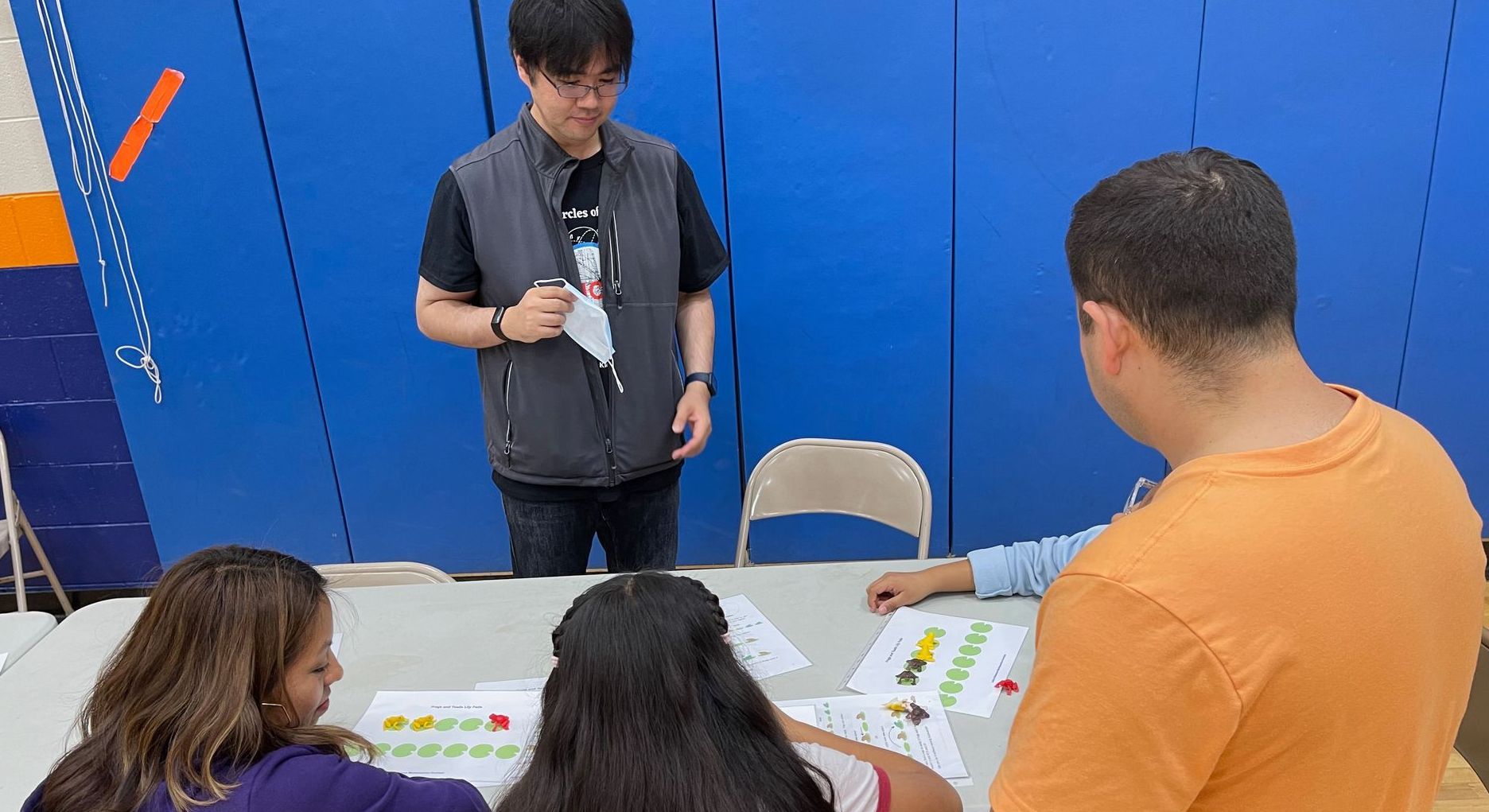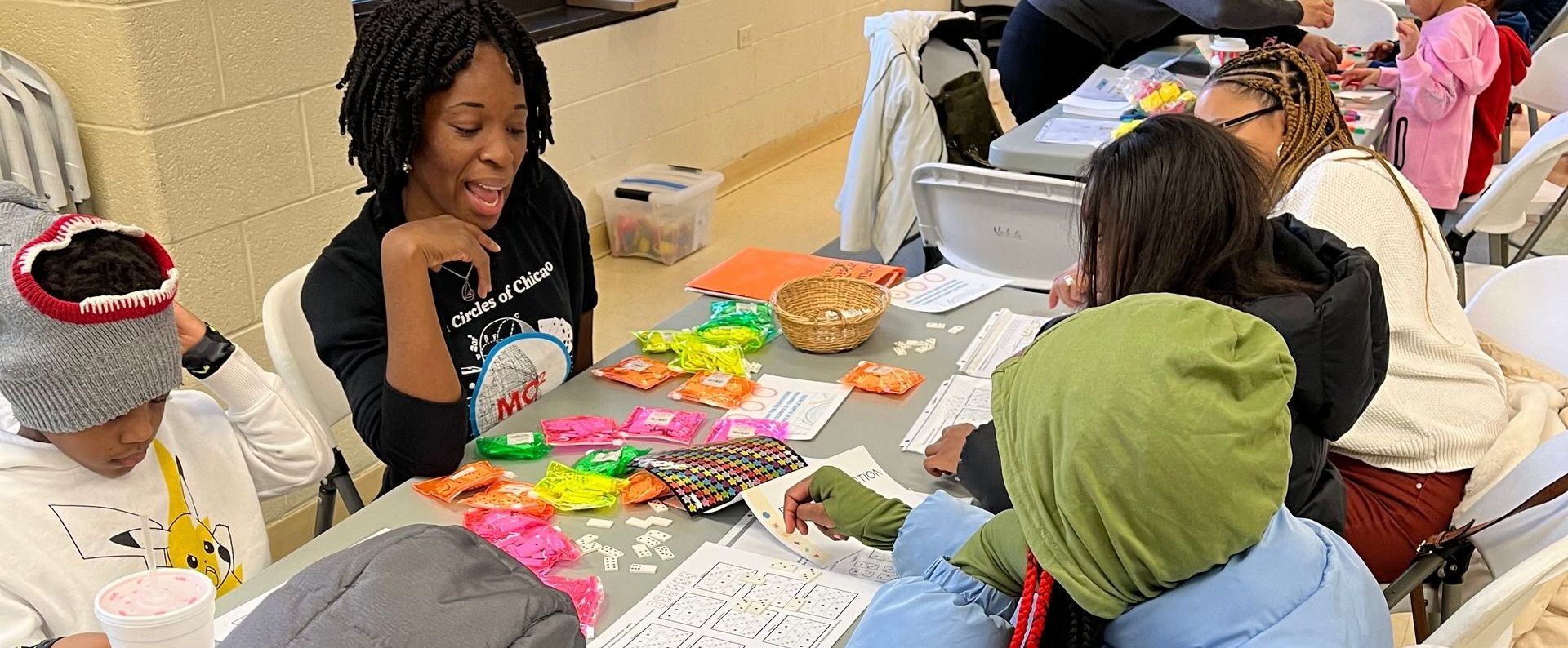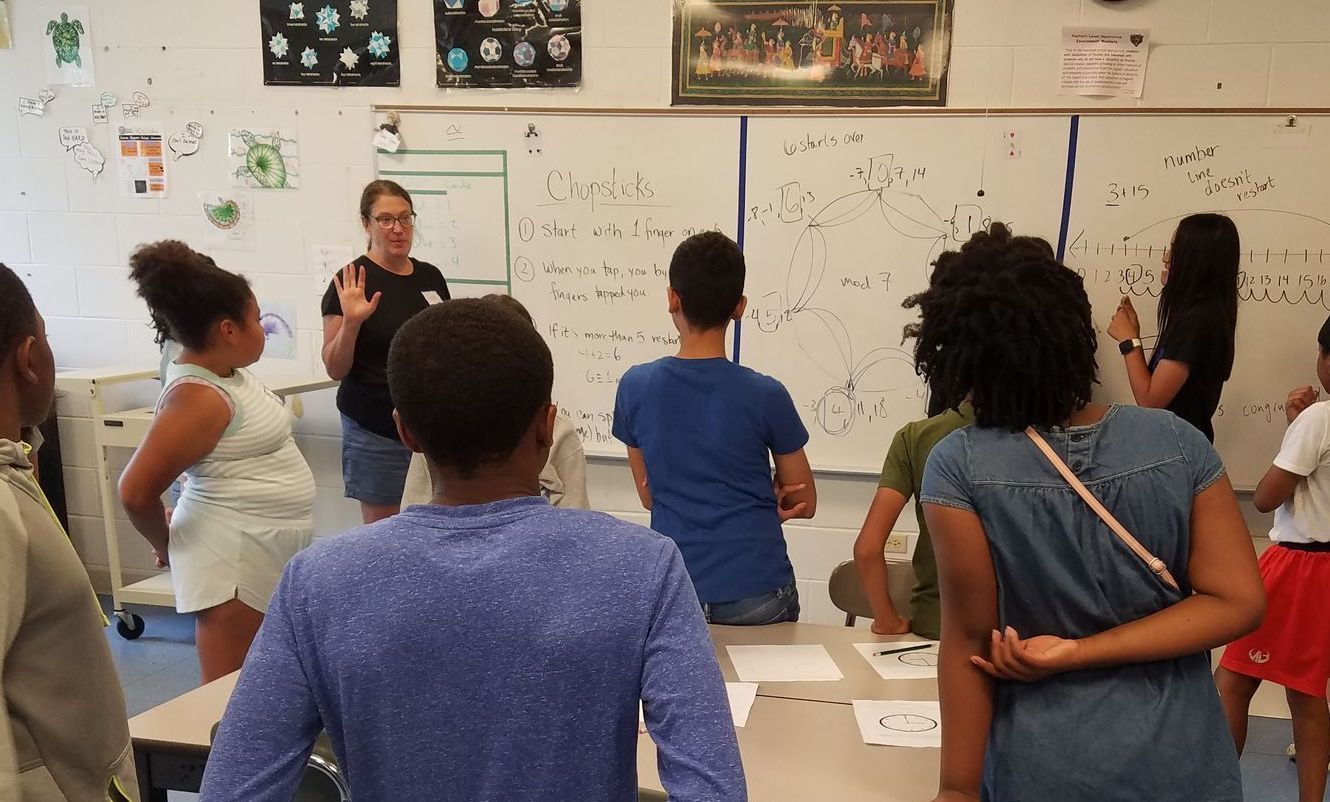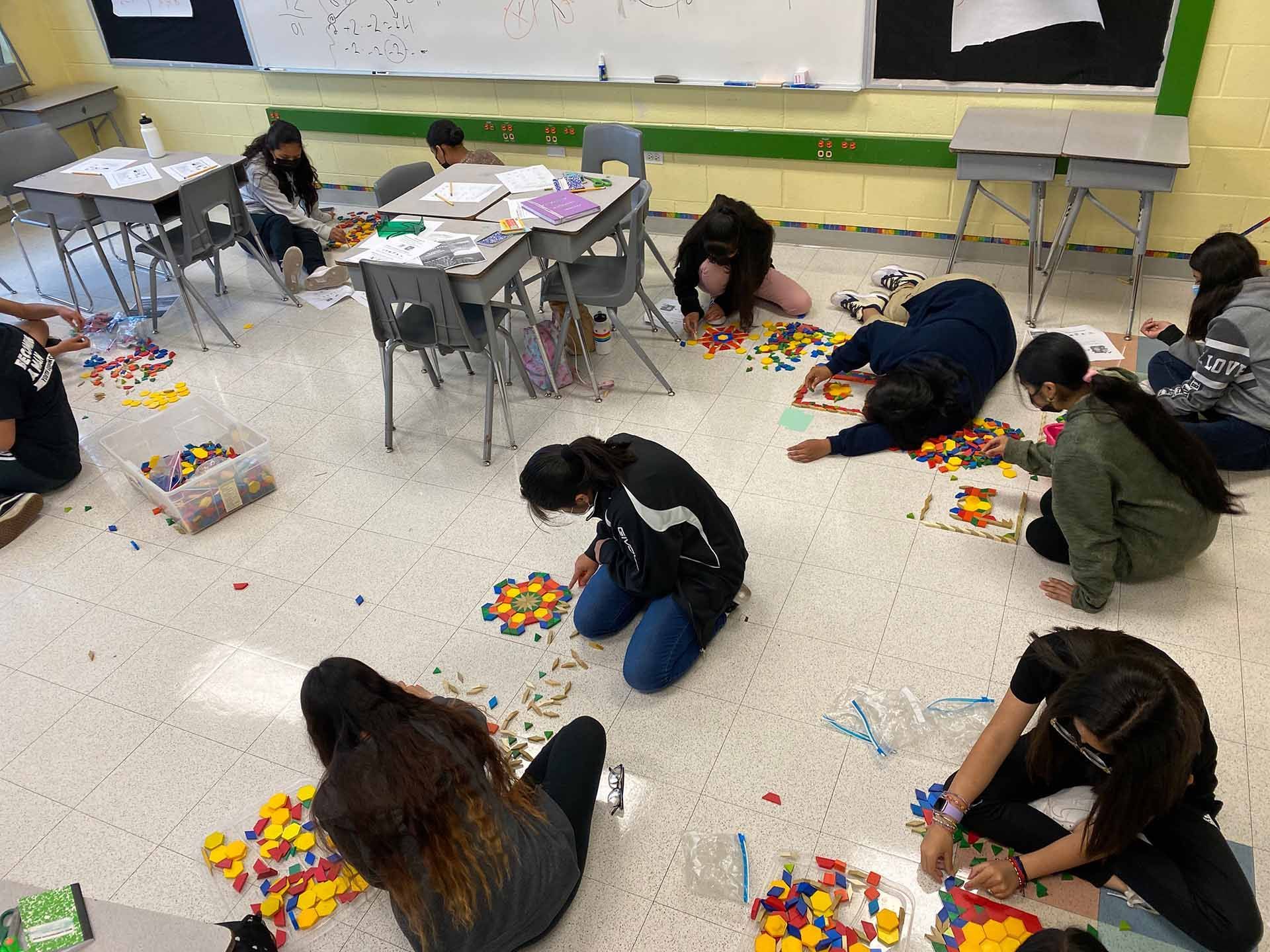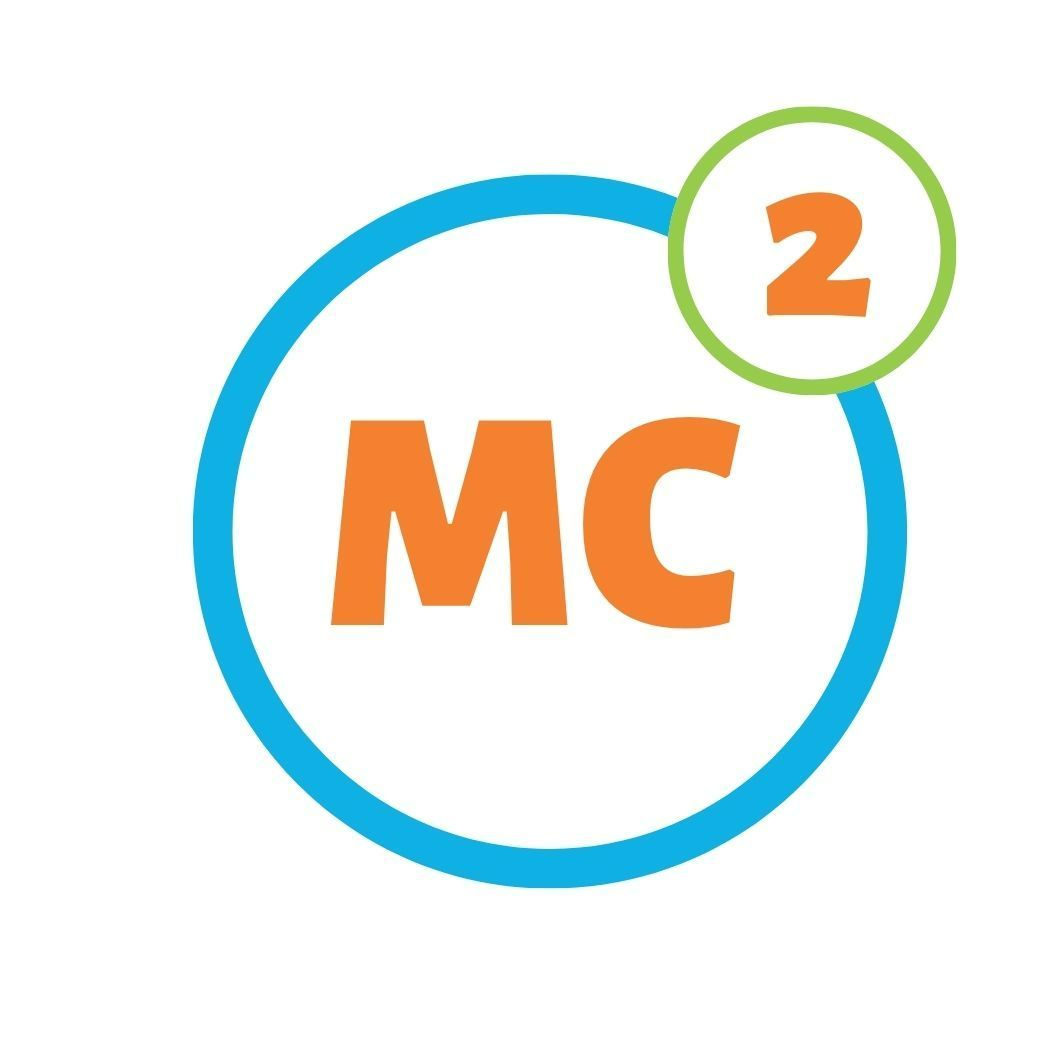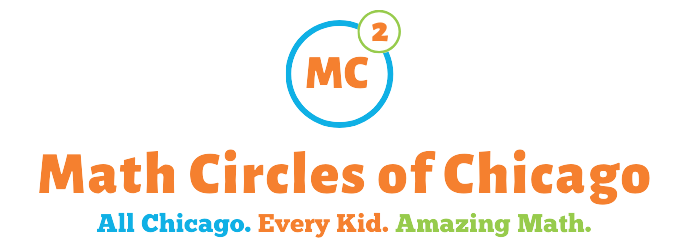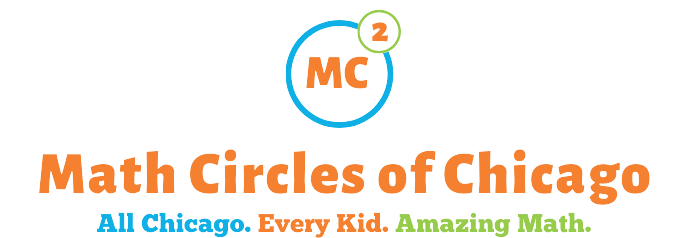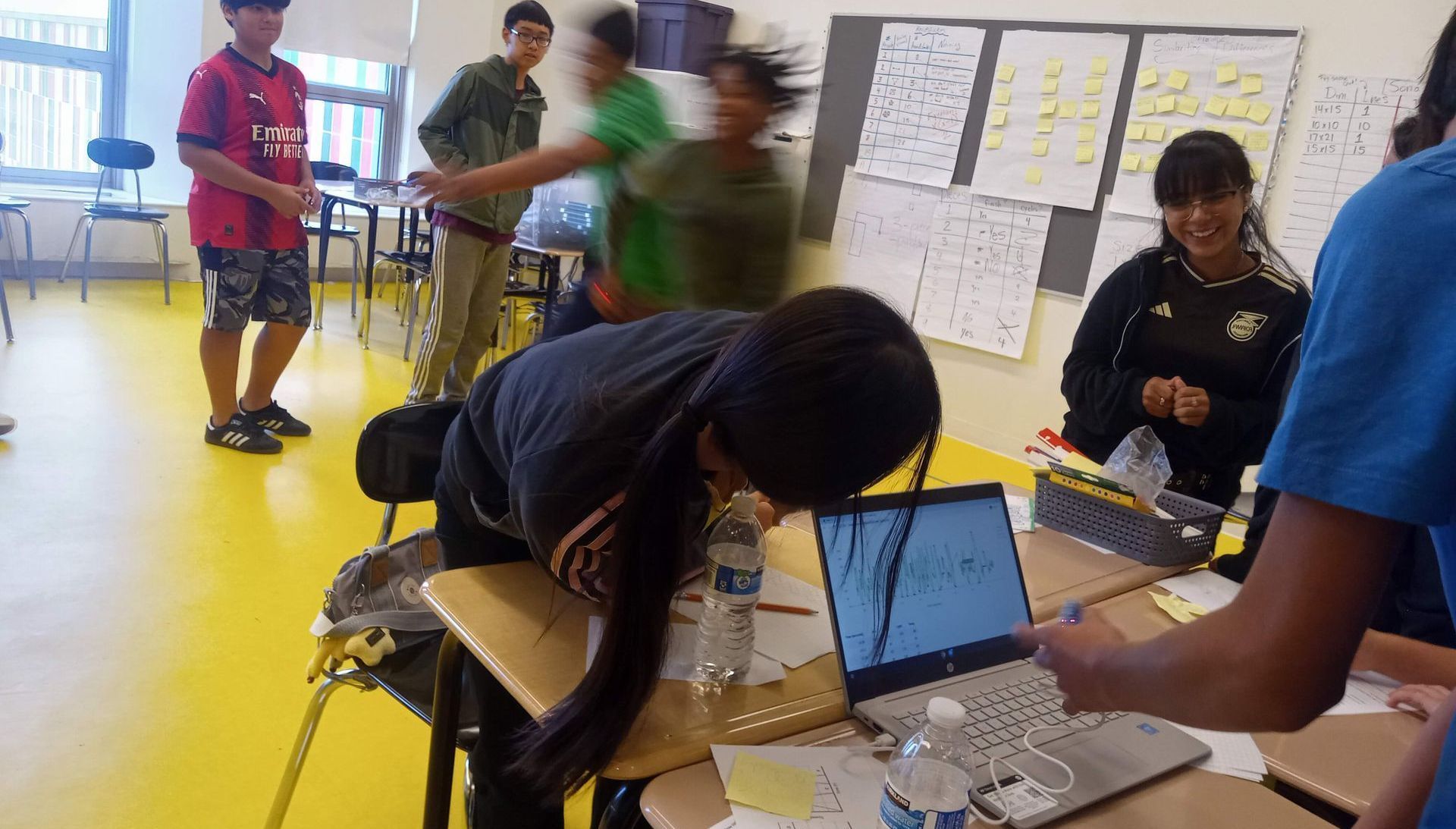Idea #3: Knights of all Kinds
The initial puzzle : The most interesting chess piece is the knight because of how it moves. A knight moves along an L-shape: two spaces up and one space over. Or one space up, and two spaces over. For visual learners and those who like overkill– here’s a two minute and 14 second video of someone moving a knight on a chessboard.
 If a single knight is on an infinite chessboard, can it reach every space (eventually!)? How do you know? Can you use the rotational symmetry of the grid to make a concise argument that all of the spaces can be reached? [Suppose you can show you can reach the space directly to the left of the starting square, and the space above that; I claim that’s all you need to show. Why?!]
If a single knight is on an infinite chessboard, can it reach every space (eventually!)? How do you know? Can you use the rotational symmetry of the grid to make a concise argument that all of the spaces can be reached? [Suppose you can show you can reach the space directly to the left of the starting square, and the space above that; I claim that’s all you need to show. Why?!]
After you explore this initial question, extend!
Chess has a problem, and it’s a problem that’s 100’s or 1,000’s of years old–the rules never change (I imagine serious chess players would disagree. If that’s you, write your own blog). Thankfully, this is a (virtual) math circle, so we will immediately change the rules.
- Think of the traditional chess knight as a (1,2) knight. A (1,3) knight is able to move one up and three over (or vice versa). Can a (1,3) knight reach every space on an infinite chess board? If not, which spaces can it reach?
- What about the (1,4), (1,5), and (1,6) knights?
- What about (2,5)? (4,8)? (3,9)? (7,11)? Explore.
Generalize and Extend More
- Try to answer the question in general–how can you tell whether an (m,n) knight can reach every square on an infinite board, just by look at m and n?
- What other chess pieces that don’t exist can you imagine, and what questions can you ask about them?
Idea #4: Math and Music
 The connections between mathematics and music are at the heart of the newly released WFMT Explainer Series. The series
features Eugenia Cheng, Scientist in Residence at the Art Institute, and leader of the Math Circles of Chicago’s summer experience for high school students. These videos are short, informative, and of interest to anyone who enjoys math or music. Highly recommended!
The connections between mathematics and music are at the heart of the newly released WFMT Explainer Series. The series
features Eugenia Cheng, Scientist in Residence at the Art Institute, and leader of the Math Circles of Chicago’s summer experience for high school students. These videos are short, informative, and of interest to anyone who enjoys math or music. Highly recommended!
For more ideas, see Math Circles at Home: Take 1.


